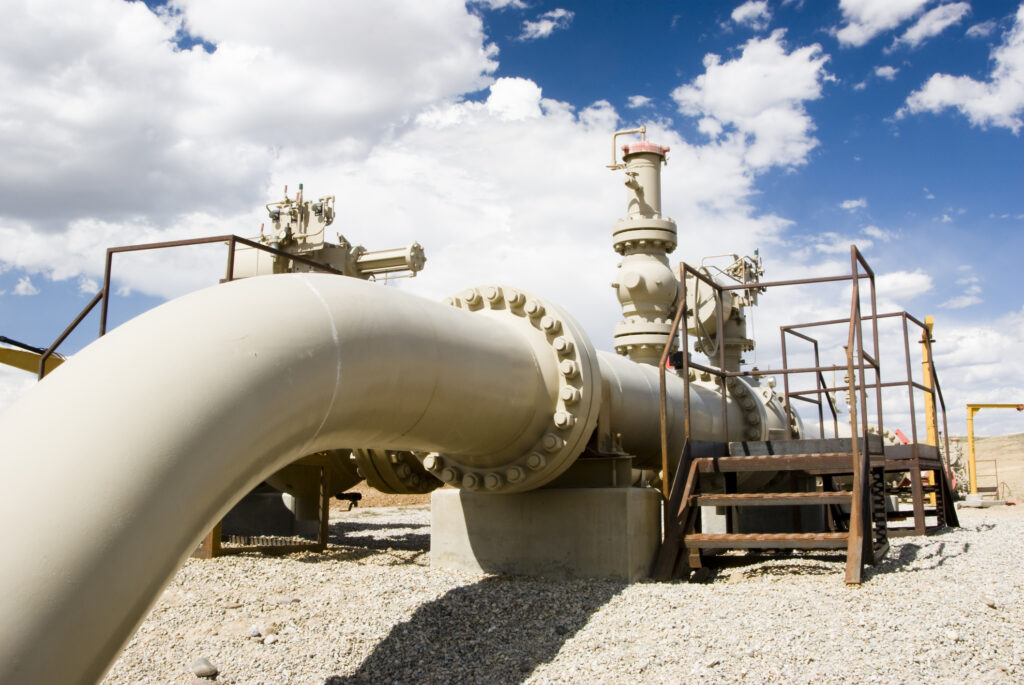(Oil Price) – U.S. midstream companies are hesitant to commit to new pipeline builds amid market volatility and tariff uncertainty.

Some companies are announcing new projects, especially those bringing natural gas to power data centers, but the industry is generally in a wait-and-see mode regarding greenfield projects despite the Trump Administration’s regulatory push to accelerate energy infrastructure expansion.
Firms have announced in recent months new pipeline projects, but many others have preferred to buy operating assets in deals with competitors or with private equity companies to expand their pipeline infrastructure.
Due to the high market volatility so far this year, the U.S. midstream operators are more cautious about plans for the future despite the friendliest regulatory environment they have had for five years, or ever.
“We have spent a lot of time thinking about the buy versus build question and, at this time, we’re seeing more opportunities to buy assets,” Angelo Acconcia, a partner at energy infrastructure investor ArcLight Capital Partners, told Reuters.
While some midstream operators have announced new projects in recent months, others are waiting to see how the market volatility and demand uncertainty will affect upstream companies in the major U.S. shale basins.
So far this year, indications are that oil and gas producers are scaling back drilling activity with prices at or below breakevens for putting in line a new well. Slow growth in Permian oil output would also mean a smaller increase in associated gas production and the need to take these volumes to markets.
Energy Transfer LP reached a positive final investment decision (FID) in December for the construction of the intrastate Hugh Brinson Pipeline natural gas pipeline connecting Permian Basin production to premier markets and trading hubs. Phase I of the project – whose Phase I and II are expected to cost $2.7 billion in total – is expected to be in service by the end of 2026.
Energy Transfer has secured the majority of the pipeline steel, which is currently being rolled in U. S. pipe mills, co-chief executive officer Thomas Long said on the Q1 earnings call earlier this month.
And as a result, the company does not not expect any material impacts to the cost of the Hugh Brinson Pipeline project from tariff announcements, Long added.
There is a slowdown in drilling, Energy Transfer’s co-CEO Mackie McCrea said at the call, but noted that “if there’s areas where drilling has slowed down, will slow down some parts of that.” The company remains bullish on the future, “especially around NGLs and natural gas transportation,” McCrea said.
DT Midstream, which late last year announced a $1.2-billion acquisition of Midwest FERC-regulated natural gas pipelines from ONEOK, is waiting to see how the price volatility would affect operators in the key shale basins.
“There is growing political and regulatory support emerging for natural gas and energy infrastructure,” DT Midstream’s chief executive David Slater told analysts at the Q1 earnings call, adding that “overall, the fundamentals supporting the need for more natural gas infrastructure remain intact.”
But there is a feeling that upstream operators in the Haynesville basin are “putting their foot back on the gas,” Slater noted.
“So I think we just need to let the clock run here a little bit to see how the basin responds,” the executive added.
All midstream companies welcomed the Trump Administration’s efforts to ease the construction of energy infrastructure and are bullish on the long-term prospects of natural gas and natural gas liquids (NGLs).
But the growing uncertainty about prices and supply chain costs is deterring the midstream industry from committing to new large-size pipeline infrastructure in the shale basins, which are currently seeing a slowdown in drilling activity.
By Tsvetana Paraskova for Oilprice.com

